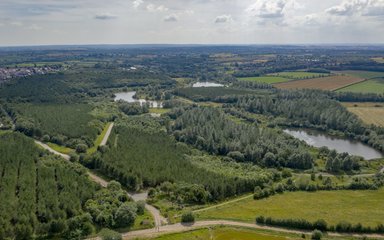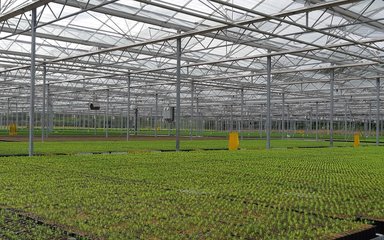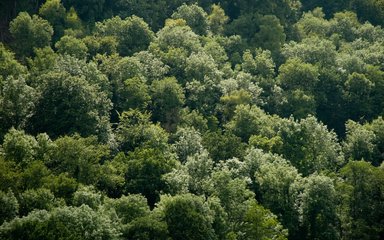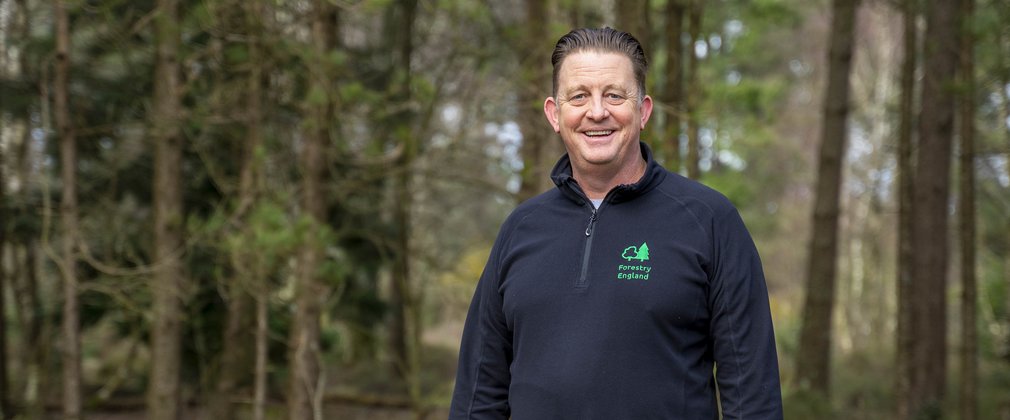
While some of us have continued to stay at home during the coronavirus pandemic, many of our staff have continued to work on the forestry frontline. Our dedicated teams were challenged when, in May 2020, large areas of Wareham Forest were destroyed by a ferocious forest fire. This land was home to important wildlife, including rare birds, plants, reptiles and insects.
For two long weeks, fire tore through Wareham Forest. Tackled by over 150 fire fighters, supported by our local team, by the time it was under control it had destroyed over 220 hectares, totalling 15% of this special landscape. We hear from Graham Nottage, Beat Manager in the Dorset Forests team.
Like many of my colleagues looking after forests in the UK I have dealt with incidents of fire before. They usually occur during prolonged periods of hot and dry weather, and increasingly are caused by the irresponsible use of BBQs and campfires in the forest. However, I think it’s fair to say that neither I nor anyone in our local team here in Dorset have experienced anything like the before. The scale, intensity, and length of the fire at Wareham Forest was unprecedented.
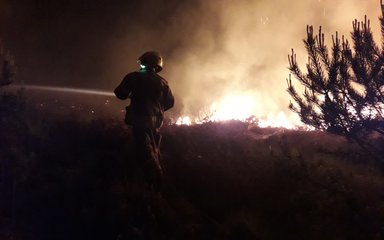
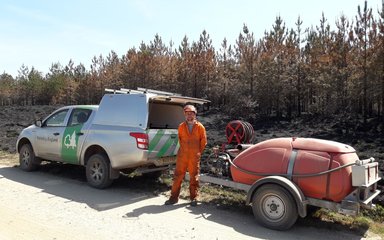
Fast forward to a much cooler autumn morning as I write this and it’s hard to imagine the conditions and damage we saw back then. However, the physical scars of those terrible weeks are still very much visible on the landscape that we work in every day. On our daily rounds we can still see scorched trees, burnt ground and an unfamiliar stillness in some areas where wildlife has not yet been able to return.
That said, if you look closely enough there are some signs of hope beginning to appear. Nature is an amazing force and just 6 months on from the fire we are already seeing areas where it is starting to reclaim the ground with fresh, green shoots of new life. It will, of course, take decades for this area to fully recover but nature is not losing anytime in making a start and there is much we can do to give it a helping hand.
"If you look closely enough there are some signs of hope beginning to appear"
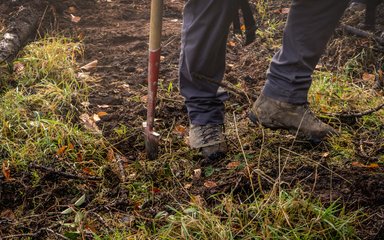
Winter is the busiest time for Foresters and this year it is set to be even more so as we start the restoration process at Wareham Forest. Focussing on the wooded areas of the forest we have many trees that were killed or severely damaged by the fire and we will be removing these where we can. Dead wood is prime habitat for a whole host of species, and some will be left on the forest floor to rot down and provide food, shelter and support for wildlife.
We will be replanting many trees across the forest but considering carefully where these are located. Over the last decade or so we have been gradually returning several areas of Wareham Forest to heathland. Some of the areas badly affected by the fire will not be replanted with trees and we will manage them to help them return to heath, accelerating this process.
Heathlands are lowland areas with acidic, dry sandy or wet peaty soils, often covered with dwarf shrubs like heather and gorse.
Here in Dorset, they provide a critical habitat for many highly specialised plants and animals including rare sand lizards and smooth snakes, ground nesting birds such as the nightjar and Dartford warbler, and many scarce and threatened invertebrates and plants. Restoring and supporting these special areas and the nature they support is a key part of our work.
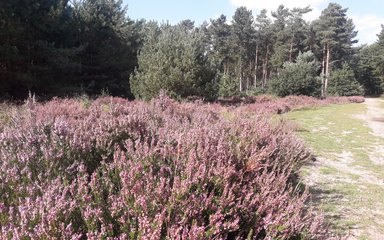
We have also made a start in helping to restore wildlife after so much of it was devastated by the fire. Dorset is one of the most important places in the country for reptiles. In fact, around 80% of the population of sand lizards left in the UK are found in the county. They like many other species really suffered in the fire.
We estimate that up to 500 of these reptiles were sadly lost. Working with local conservation partners we have already been able to make a start on helping these species recover. Around 200 baby sand lizards were released in a nearby forest to help boost the overall numbers of this incredibly rare species and over-time link up different populations.
Restoring Wareham Forest is a big job and will take many years to achieve but it feels good to have started the process and these early positive signs of progress are really rewarding. We have also been really encouraged by the support and involvement of the community.
"We have been really encouraged by the support and involvement of the community"
Many people have donated to our appeal to help us do more to restore this valued forest, others are planning fundraising projects, and many have given up their time to volunteer and help us. This support is incredibly valuable, and we are very grateful for it.
We hope over the coming months and years we will be able to continue to work with supporters and volunteers and share with them the huge benefits of the restoration of this special place.

